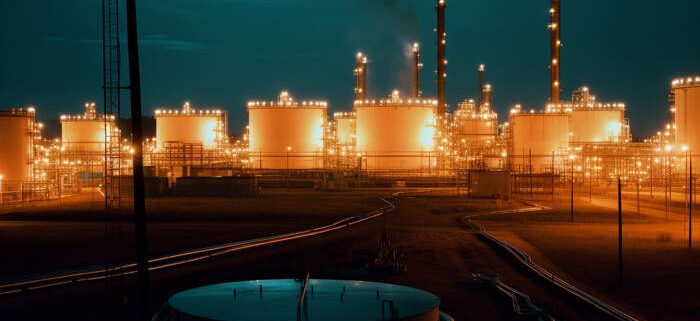Pure Fuel Information: Futures Rise As we speak as Chilly Climate Lifts Market Sentiment…
Chilly Climate Drives Brief-Time period Beneficial properties, However Manufacturing Stays a Risk
A brand new chilly spell sweeping throughout the U.S. is fueling elevated heating demand, pushing pure gasoline futures up 2.5% to $three.391 per MMBtu. Analysts at EBW Analytics spotlight that this mix of supportive climate, storage deficits, and bullish technicals may maintain upward stress within the brief time period.
Nevertheless, rising manufacturing ranges stay a priority. Over the weekend, U.S. pure gasoline output hit contemporary all-time highs, threatening to undermine any prolonged worth rally. With winter drawing to a detailed, merchants are intently monitoring whether or not demand energy can outpace provide development.
European Fuel Costs Surge as Inventories Deplete
Throughout the Atlantic, European pure gasoline costs have surged to their highest ranges in two years, with the Dutch TTF benchmark leaping four.5% to €58.25 per megawatt hour. A pointy drop in temperatures throughout the U.Ok., Germany, and France is accelerating withdrawals from storage, which now sits at 49% full—properly under the 67% stage from this time final 12 months.
The priority for European merchants is that low storage ranges may complicate restocking efforts forward of subsequent winter. Fuel contracts for summer time supply are presently priced larger than winter contracts, limiting the motivation for patrons to retailer gas at decrease costs. This might tighten provide heading into the colder months, preserving European gasoline markets risky.
Huge Storage Draw Displays Sturdy Winter Demand
Current chilly climate within the U.S. led to the fourth-largest weekly pure gasoline withdrawal on report, in accordance with the EIA. For the week ending January 24, inventories dropped by 321 Bcf—practically 70% above the five-year common draw for that interval.
The South-Central area noticed a very sharp drop, with storage ranges declining by 136 Bcf, whereas the East and Midwest additionally reported double-digit share declines. With complete withdrawals in January nearing 1,000 Bcf, storage inventories have now flipped from 6% above the five-year common in the beginning of the heating season to four% under it.




Leave a Reply
Want to join the discussion?Feel free to contribute!